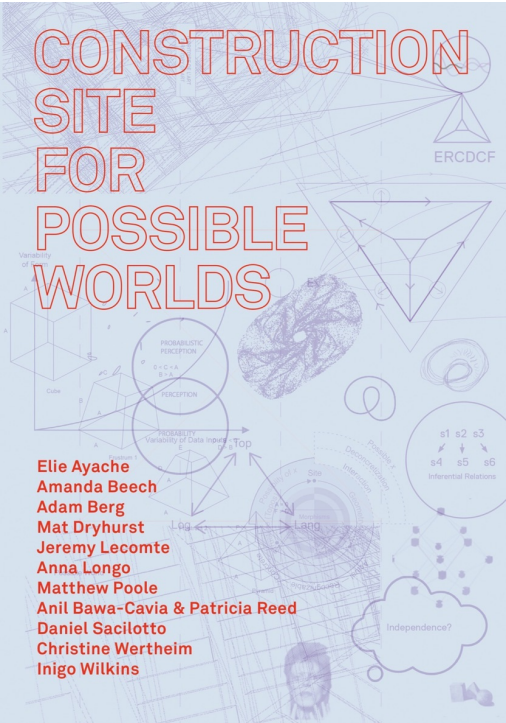CONSTRUCTION SITE FOR POSSIBLE WORLDS
The book is the combination of research done by multiple authors talking about possibilities for better worlds. Keeping in mind the existing parameters that one goes on in current scenarios that are blocking the imagination of a person or the approach of the person, guiding them towards the fixated end. The idea of the book is to talk about how to break this monotonous pattern in order to achieve a better world for the future which is open ended. This led to the following hypothesis.
“CAN THE POSSIBLE EXIST IN PHYSICAL FORM “
The focus of this would be on one of the author i.e. Jeremy Letomte, and how his idea of this topic is being represented from a different perspective. Jeremy Letomte’s major focus is in the field of architecture and construction. How can a better future be made with different approach and ideas keeping in mind the existing parameters? This led to the relevance of the topic.
//Utopia
The first approach towards a better future was conceptualized by utopians centuries ago in terms of what can future look like with respect to certain fixed parameters, or problems that can be focused on.
THOMAS MOORE UTOPIA
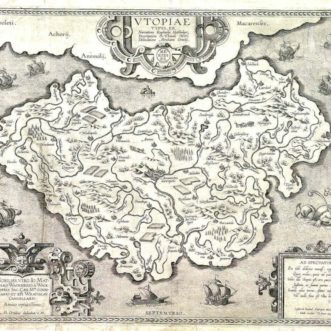
The idea that was kept forward in the project of Thomas more in 1518 was that money corrupts the government and destroys justice and happiness in the society. The project was describing an island with a complex community where people share a common culture and a similar way of life in which the island was designed with very little hierarchy of arrangements of the building with on barriers between people, no barriers between rich and poor, where everyone needs are supplied. To explain this more precisely, this island was a place where there is no greed, corruption, power struggle due to the fact that there is no money or private property.
CAMPANELLA – CITY OF SUN
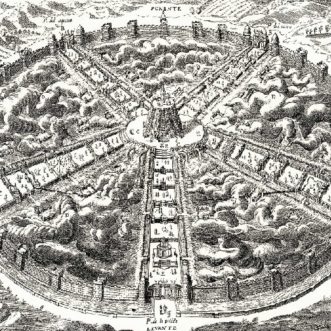
The approach of this project was to create a theocratic society where there is no separation of spaces depending on the needs, where women, goods, and children are held together in common space. The city is protected and defended by seven circles of walls with a centralized axis towards the centre of the city. People who stay there irrespective of their class are acquainted with all lines of work. The walls are also painted with art and sciences.
ROBERT OWENS UTOPIA
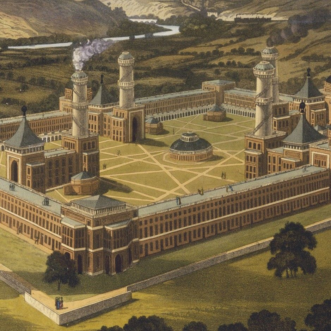
Even though the approach of his utopia was not majorly focused towards architecture, it was towards the working scenario of the people in the city. The environment was created such that all amenities that the workers require are all incorporated in this utopia.
“All Utopia’s are Distopia”
The study of utopia led us to the conclusion that:
“Despite having more predictive power than never we have more indetermination than never. “
//Research Question
Which conceptual tools can architecture instrumentalize in order to orient our present without fully determining it ?
What is a Project?
Foregrounded by modernist architects as the grand, linear scheme through which architecture could and should engage in transforming the world.
What in architecture is understood or meant by the term project?
In the current scenario project is just referred to as a convenient word to name what architects do every day In contrast to this theory of modernism framed as a project, the text that seems to foreground this theory can be called as projectiles.
The second most important parameter of this essay has been derived now called “PROJECTILE”
“Projectiles are future-oriented, but in dynamic and open-ended terms, consistently and almost constantly subject to revision, reassessment, and remaking” -Jeremy Lecomte

Defining Projectile
- No Fixed Reference Points- A project should not have a fixed end reference for the future.
- No linear Trajectory-A project should not have a pre established or fixed direction or parameters to work on.
- No Mechanical Step by Step procedure-A project should not have a fixated criteria of work pattern, how the approach should be.
- Open Ended Future- Future oriented in dynamic and open ended terms subject to (Revision, reassessment & remaking).
With this study of projectiles, understanding the parameters a new question arises in us.
Which conceptual tools can architecture instrumentalize in order to orient our present without fully determining it ?
There are few negative examples in the direction of projectiles that started thinking in that direction, in a way ended with a fixated approach of the project.
- ArchigramArchigram envisioned the future of architecture in ways that enthralled a generation. In an era defined by the space race, they developed a high-tech, lightweight, infrastructural approach that stretched far beyond known technologies or contemporary realities.
- ArchizoomAn investigational and utopian practice, Archizoom pioneered the Florentine Radical movement, as well as serving as a central voice of the Radical Architecture movement.
- Superstudio
Superstudio began responding with satirical images of what the group saw as a disruption of power between urbanism and ecology.
Despite having a different approach to envision the future, these 3 studios still ended up fixing their parameters of approach, fixing their problem they needed to tackle, creating it as a project and not a projectile.
//State of Art
Mycelium fast-growing fibers produce materials used for packaging, clothing, food and construction—everything from leather to plant-based steak to scaffolding for growing organs. Mycelium, when harnessed as a technology, helps replace plastics that are rapidly accumulating in the environment.

First, the products have high shock resistance and a good protective value. We can design packaging for a great range for shape alternatives. Besides protective and versatile in shape, mushroom packaging is also a super insulation product. It keeps warm products warm, and products cool.
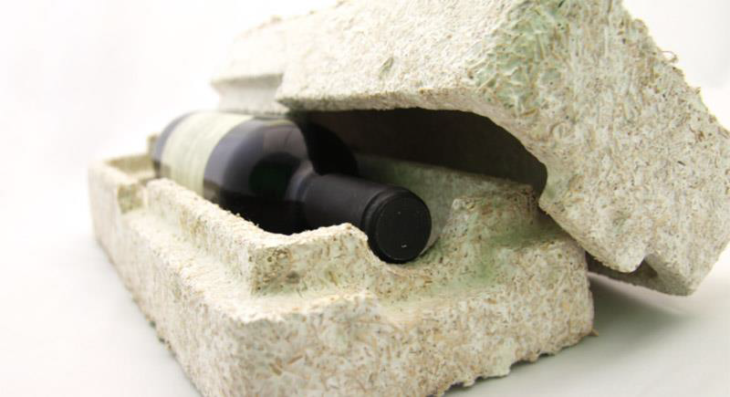
Mycelium is a state of art projectile for envisioning an alternative for plastic and plastic based projects with multimodal direction of evolution also a sustainable source in terms of materialisation and fabrication.
// Case Study
The Venice Biennale is an arts organization based in Venice and the name of the original and principal biennial exhibition the organization presents.1893 the Venetian City Council passed a resolution to set up an biennial exhibition of Italian Art to celebrate the silver anniversary of King Umberto I and Margherita of Savoy.Various projects and pavilions have been exhibited with multimodal intentions considering all of these there were a lot of projects that will make a huge difference but not as a projectile by analysing various projects we found Maison fibre project as a case study of projectile which satisfies all the conditions of a projectile according to Jerome Lecomte.
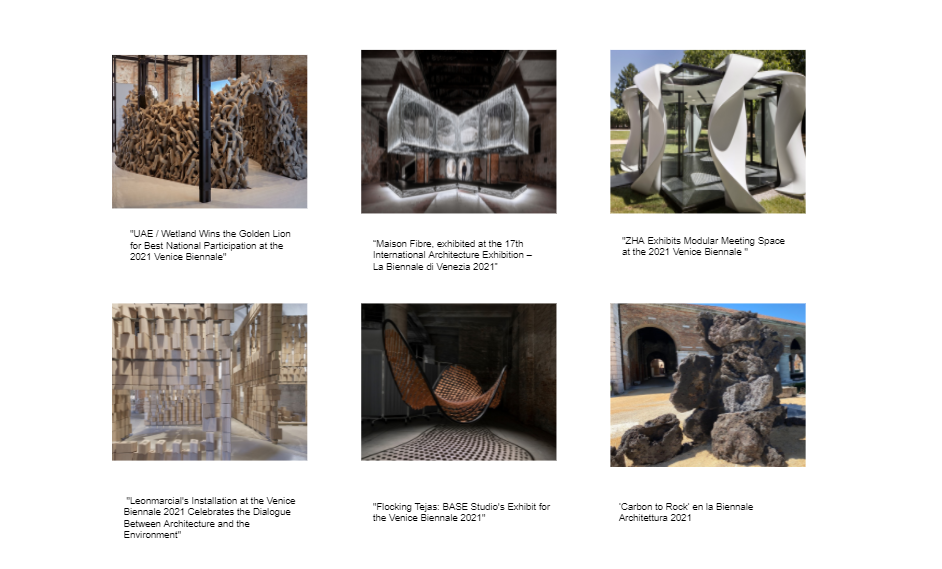
Maison Fibre: Braiding A Novel Material Culture
Maison Fiber is a novel idea, exhibited and explored to envision an alternative to the methods of design and construction. A sustainable vision was exhibited at the 17th International Architecture Exhibition – La Biennale di Venezia 2021.
Maison Fibre as the key display on material culture was offering visitors an intense material exploration and experience in the defined spatial structure of the future. The highly dematerialized structures can be locally conceived from a few kilos of construction material. Inspired by Le Corbusier’s Maison Dom-Ino playing the key role from 20th-century architecture, the weight footprint of Maison Fibre diminishes fiftyfold and channels towards a novel material culture in architecture.
The projectile vision ropes in ecological, economical, technical and socio-cultural parameters into the play.
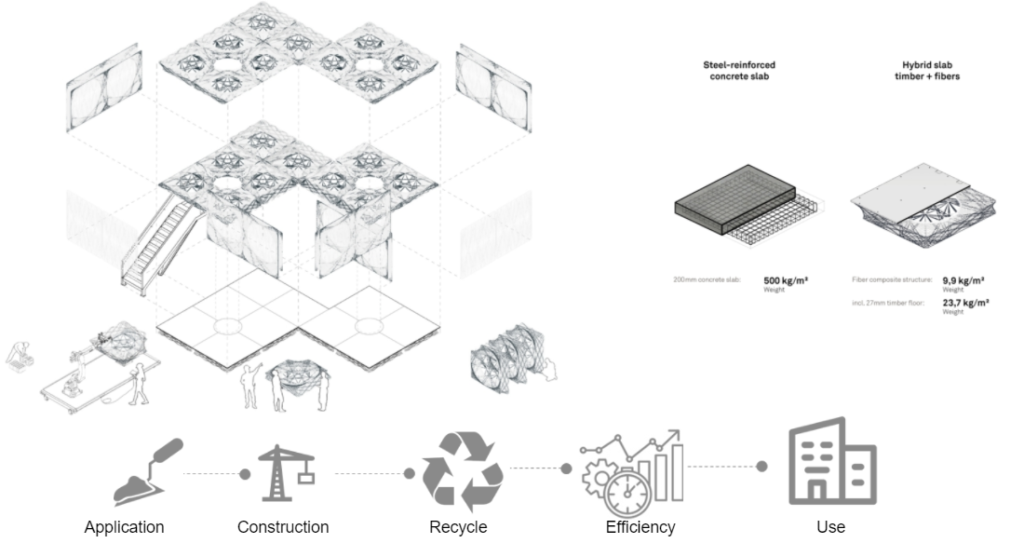
Rethinking The Coming Together for Living Together
We know our lives spend 87 per cent in buildings, around structures and materials.
This materiality and materialization of buildings pose strident ecological and social challenges to our planet.
Building construction has become intense in its usage and the number of materials poured and dried and hardened, making it unfavourable to our environment.
Fibrous Tectonics: Adapting & Altering Materiality and Materialization
The fibrous wall and ceiling elements were manufactured using the coreless, robotic winding developed by the project team, invoking locally load-adapted design and alignment of the fibres.
Maison Fibre largely makes use of the currently available glass and carbon fibre systems. Initiatives have begun to expand the material spectrum from mineral fibres to natural fibres.
//Perspective
The ideology stimulates a thought from where it was projected and where it had landed, the construction field has always been been dynamic in all directional aspects but in certain time period the direction of growth haven’t been the way it has been anticipated as mentioned by Jeremy Lecomte the advancements has to be towards both ecological and emergent.
How does the notion of projectile change the scale and be applied to the field of urban design?
//Reference
-
https://docplayer.net/62685565-Space-saving-techniques-by-the-use-of-transformable-architecture.html
-
https://en.wikipedia.org/wiki/Utopia_(book)#/media/File:Utopia.ortelius.jpg
-
https://en.wikipedia.org/wiki/Utopia_(book)
-
http://davidprashkersprivatecollection.blogspot.com/2014/09/cities-of-sun.html
-
https://bigthink.com/the-future/platos-republic-dystopia/
-
http://www.readthebooklist.com/the-republic
-
https://es.wikipedia.org/wiki/Robert_Owen
-
https://3xn.com/project/cube-berlin
-
https://link.springer.com/chapter/10.1007/978-3-319-22680-4_17
-
http://iedinteriors2015.blogspot.com/2015/03/de-architectura-by-vitruvius.html
-
https://es.wikipedia.org/wiki/Filippo_Brunelleschi
-
https://www.interaliamag.org/articles/frank-wilczek-why-physics-needs-art-to-help-picture-the-universe/attachment/frank-wilczek/
-
https://bootcamp.uxdesign.cc/the-tower-of-babel-2-0-c5645fce0e29
-
https://batavia.es/es/disenadores/3–le-corbusier
-
https://www.google.com/search?sa=G&hl=en&q=plot&ved=2ahUKEwi3mN_O0Kr0AhX_wAIHHTJKBqkQvQ4oAHoECAEQMg&biw=1536&bih=746&dpr=1.25
-
https://www.google.com/search?tbs=sbi:AMhZZitICUs-WM-kLUezlAZbc0vuI-dfopAPcpKF_1o3wSv172A2Tnn98vSj80Tdi0tJxaQ0J8y7d1nUyfXaTA3gDxIW2Mr6pgGaXu3kSitPaVMlq-52qEyJ_14kwGFlVm0yTN-AyOMhC3luxL963SZlA4K8bUsNEvqlleLVto313P-3WBB84eA5VZ2RM76HYcmumLSJ6taa9XhNSPskCtkAd03ggPvTQZQYx3Ds9Jj3UJIDXR7piqbYlVCPKYu2FApHN-J_1tkE6t5mcJgEA0zgZsLIbJPeD6GUKl91guDg0ii1gdCwpqpLkpBUsbeX3k9HcPMrknqvs0szur0OB-w7LxB5gfsenVD1A&btnG=Search%20by%20image&hl=en
-
https://rndrd.com/n/228
-
https://www.archdaily.com/538307/city-as-a-vision-tribute-to-michel-ragon/53f1b87bc07a80388e0003ba-city-as-a-vision-tribute-to-michel-ragon-image
-
https://www.itke.uni-stuttgart.de/research/built-projects/maison-fibre-2021/
